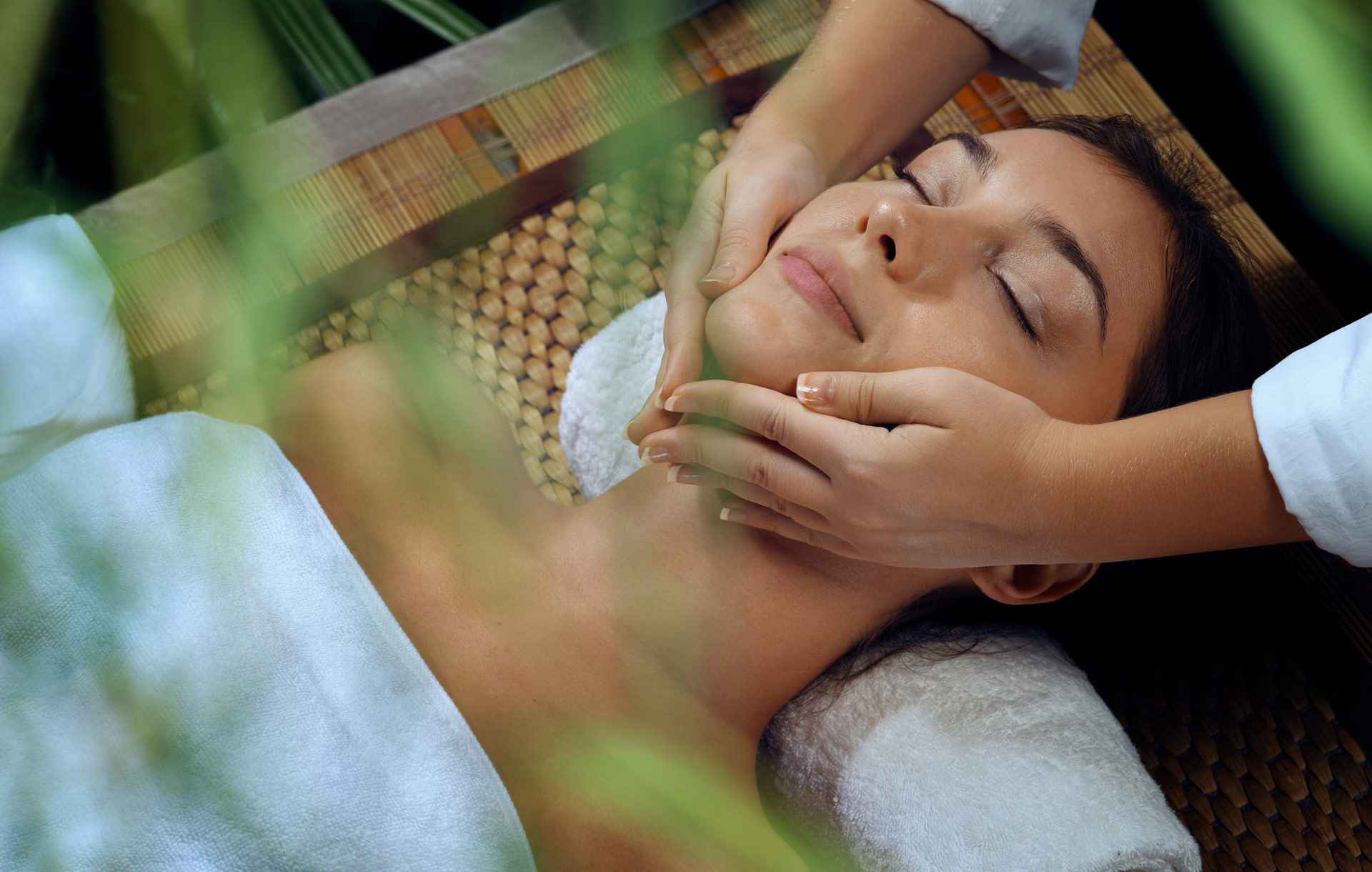
How to create an attractive menu that fits your brand identity
and delivers
The perfect spa menu exemplifies your brand, speaks directly to your ideal guest, and reflects the industry’s advancements and trends. When designing the services offerings, it is important to remember that the spa menu is not a final act. Instead, it is a perennial process that requires ongoing assessment, re-evaluation, and balance.
This article will explore a few key components of a perfect menu that pertain to service categories and must-haves, what to avoid on menus and the importance of execution. Naturally, there is more to consider for the perfect menu, but the purpose is to present a different perspective and include ones that bear repeating.
Elements
There are foundational categories on spa menus. They include face, massage, body, nails, and hair. Your brand and target audience determines the right combination of these service types.
It is important to create services in these categories because they speak personally to your brand, thus creating a competitive advantage.
Avoid adding a category because it is popular. Mismatched menus are usually spotted in the day spa realm, although resort settings are not immune to this. For example, there is a brand that has built its reputation on hair and nails. Their salon is perfectly outfitted for these services, but massage therapy is added because it offers another revenue source. Without a clear strategy and buy-in from guests, it may bring in revenue initially but serves to distract and dilute the brand overall.
“One of the pitfalls in menu creation is chasing the latest trends. It is a double-edged sword because. it is necessary to stay relevant but not at the cost of disrupting brand integrity.”
Must Haves
With that stated, some cultural shifts and demands necessitate the addition of certain concepts to perfect your spa menu. The key is to find ways to incorporate them according to your unique brand identity.
No-touch or self-led services are the first of these concepts. They are a great way to optimize your revenue, minimize labor costs and maximize spa facilities. It also empowers the guest to direct the course of the treatment. Before the pandemic, it was a sound business strategy. Spas added guided meditations, sound therapy headphones, LED machines, massage chairs, and more.
As we live in and learn to navigate in a COVID world, these no touch or self-led services are now a menu must. The safety for our guests and the survival of salons and the spa industry are linked to the ability to craft no-touch offerings that provide stress management and overall health and wellness.
Personalization is the other concept that is a must-have. One way to add personalization is to offer time instead of services. When a guest books a half-day or full-day, there is an opportunity to tailor an experience that caters specifically to their desired outcome.
Another unique way to personalize your menu is to go local. Going local is not limited to ingredients found in destination spa services like Hawaiian black sand or Jamaican coffee scrubs. It also focuses on local vendors for retail products and local practitioners for services and events in day spas. When you think local, go beyond the region or the state and embrace the uber local concept that seeks out vendors within 5-10 miles of the spa.
What to Avoid
One of the pitfalls in menu creation is chasing the latest trends. It is a double-edged sword because it is necessary to stay relevant but not at the cost of disrupting brand integrity. This is like the addition of menu categories discussed in the element section above.
One of the most popular trends is the addition of mindfulness services. Eastern traditions have flooded the market with the recent shift in American’s view of religion. It includes a range of services from Ayurvedic massages (Abhyanga) to Zen meditation. These treatments are a small part of ancient traditions developed over thousands of years.
As a certified Ayurvedic practitioner, it is common to see an Ayurvedic abhyanga massage added to an a la carte menu with minimum or no connection to the Ayurvedic philosophy. This disconnect deteriorates the essence and effectiveness and eventually its true potential to enhance the guest’s long-term health and the spa profitability.
Execution
An effective spa menu goes beyond a list of services. The seamless execution of the treatments is linked to the guest experience, as this is the final arbiter of the perfect menu. When the language of the menu clearly describes the service, when the service meets the guest’s personal needs, when the staff clearly articulates the expectations and when the service provider delivers an exceptional experience, then you have the formula for a perfect menu.
One of the essential first steps is the pre-treatment process. A simple form has many purposes, including capturing or reconfirming the guest’s contact information, health history, and treatment consent. In addition, it allows the staff and practitioners to clarify the treatment and benefits to set clear expectations. Nothing derails a perfect menu faster than a guest who feels they did not get what was described on the menu.
Training
Training is integral. Stated, well-executed services that are consistently delivered will determine the menu’s success. Training trumps a perfectly written service description, perfectly manicured brand image, competitive pricing, and more. A guest is more likely to overlook gaps in these areas if their experience is superlative. And a delighted guest is the most effective advertisement in the creation of a perfect menu.












